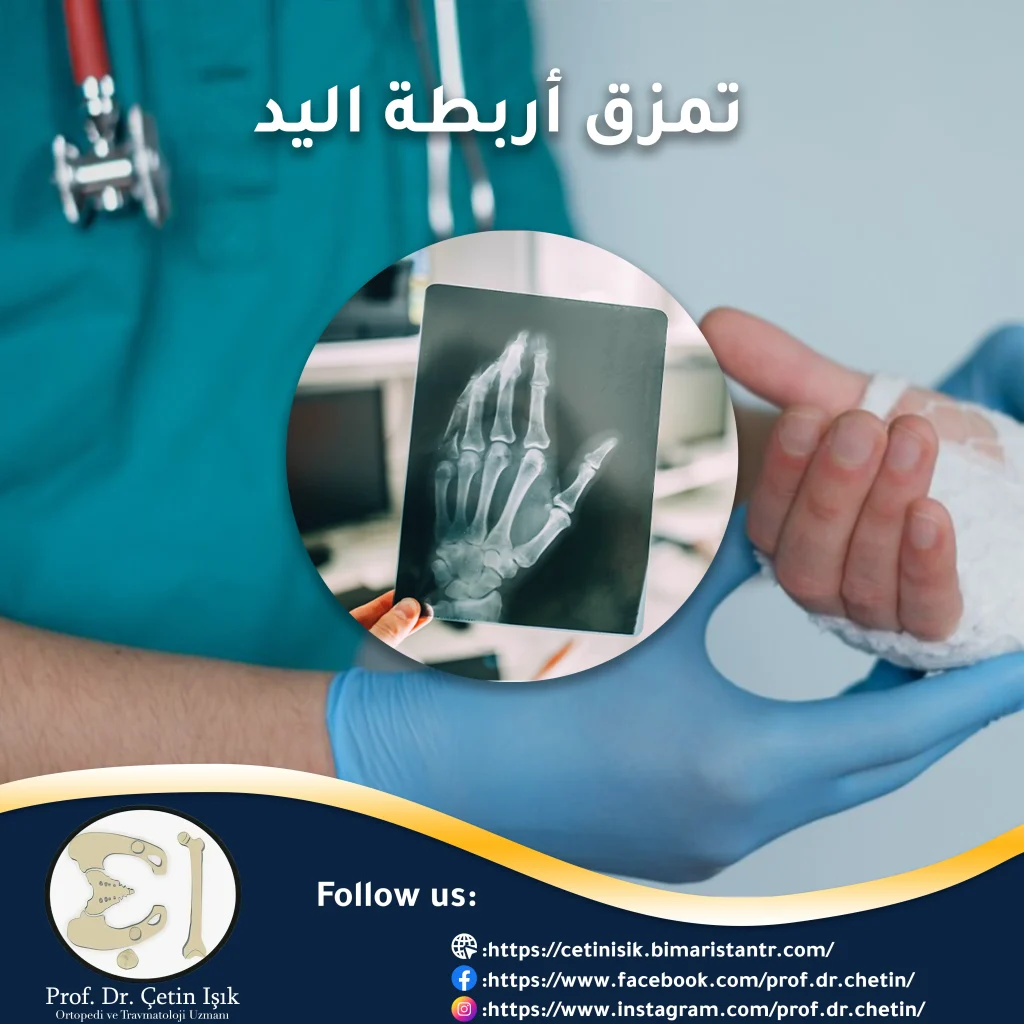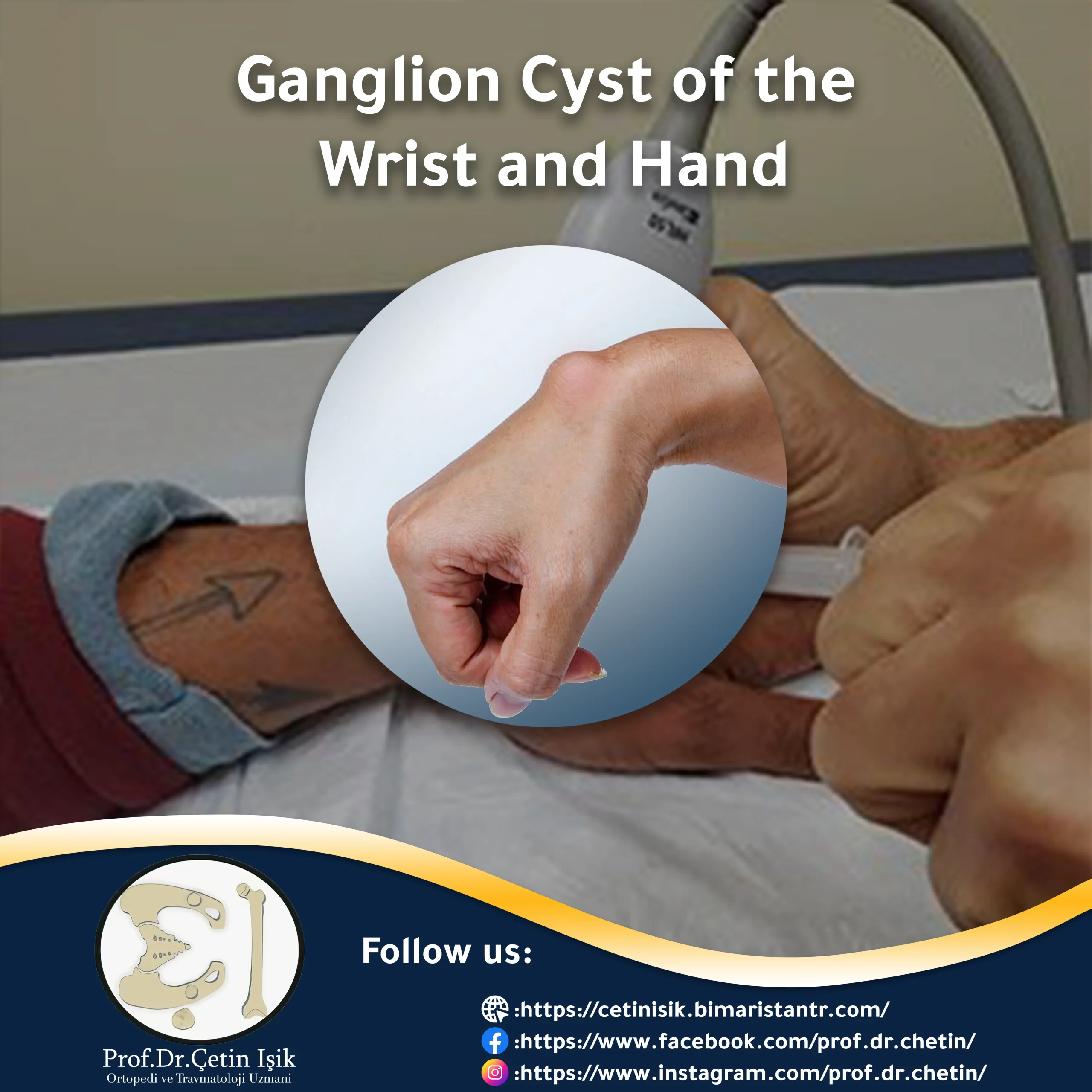Hand arthritis is a disease that affects the joint tissues that connect the bones of the hand and wrist together, leading to patient pain and swelling in the joint that hinders the use of the hands in daily activities.
The prevalence and severity of hand arthritis varies depending on the type of inflammation and the general condition of the patient. Learn with us about hand arthritis, its types, and treatment methods.
What is hand arthritis?
Hand Arthritis is a disease that affects one or more joints of the hand and wrist, causing pain and swelling of the hand that affects the patient’s lifestyle and daily activities.
The hand and wrist contain several small joints that work together to produce movement. These joints move easily due to the presence of a soft, slippery tissue called articular cartilage that covers the bones and provides a lubricating surface for the joint.
Arthritis of the hands is common in the elderly, women, the obese, and those who have previously suffered a hand injury. Arthritis can also occur in many areas of the hand and wrist, but it is most common at the base of the thumb and the interphalangeal joints.
Types of hand arthritis
There are several types of hand arthritis, the most common of which include:
- Osteoarthritis (Degenerative arthritis): It is the most common type of arthritis. It causes cartilage to wear down, causing bones to rub against each other without protection, causing pain and stiffness. Osteoarthritis most commonly affects the wrist, the base of the thumb, and the middle and upper joints (near the nails) of the fingers.
- Rheumatoid Arthritis (Rheumatism): It is an autoimmune disease (chronic inflammatory) that causes swelling of the joint lining. Ultimately, the inflammation leads to the destruction of the cartilage at the end of the bone and then the erosion of the bone itself. Rheumatoid arthritis usually affects the small joints in the wrist, hand, and fingers, and usually It affects the same joints on both sides of the body (hands).
- psoriatic arthritis;: It is an autoimmune disease and a form of arthritis that also affects the skin (psoriasis). The fingers on the hand become swollen and the patient feels joint pain and stiffness in the morning.
- Gout: It is a type of arthritis resulting from an increase in uric acid in the body, which leads to the accumulation of uric acid crystals in the joints of the hands, fingers, and feet, causing pain and swelling. Gout can affect any joint in the body.

Symptoms of hand arthritis
Symptoms of hand arthritis vary depending on the types and causes of the disease, and common symptoms include the following:
- Pain in the hands with movement or while resting appears in the morning. The severity of the pain ranges from mild to severe and may awaken at night
- Swelling and swelling of the hand joints
- Joint stiffness Difficulty moving the hand and fingers
- Changes in the shape of the fingers, hands, and wrists, such that they become bent, hindering daily activities
- Formation of small bone nodules on the middle joint of the fingers (Bouchard's nodes) or in the upper joints of the fingers (Heberden's nodes)

Diagnosis of hand arthritis
Arthritis in the hands can be diagnosed through the clinical history, which includes knowing the symptoms that the patient suffers from in addition to other diseases or a previous history of exposure to a hand injury, and then examining the hand and joint movement.
Radiological methods may be ordered for diagnosis, such as X-rays (X-rays), which may show loss of bone cartilage and the formation of bone spurs (due to friction). Checking for rheumatoid factor in a blood test and other markers can also help determine whether the cause is rheumatoid arthritis.
Treatment of hand arthritis
Treatment options for hand arthritis depend on the type and stage of arthritis and the number of affected joints, in addition to the patient's age and activity. Treatment options include home treatment, drug therapy, physical therapy, and surgical treatment (rare).
Home treatment
Home treatment measures may help improve and relieve arthritis in the hands, including:
- Rest: Resting the hands from activities that cause pain and overuse can help relieve pain
- Cold and hot therapy: Applying cold compresses helps reduce swelling and pain, and applying hot compresses to stiff or painful joints helps relieve stiffness and pain.
- Wearing a brace: Wearing a protective brace in the hand relieves hand pain by stabilizing the joints
Medical therapy
Drug treatments used include:
- Non-prescription pain relievers such as nonsteroidal anti-inflammatory drugs (NSAIDs) such as ibuprofen or naproxen
- Corticosteroids (such as prednisolone): Taken orally, intramuscularly, or intravenously, they reduce inflammation and other symptoms of rheumatoid arthritis.
- Disease-modifying antirheumatic drugs: slow the progression of rheumatoid arthritis and relieve symptoms, such as methotrexate and sulfasalazine
- Immunosuppressive medications: These medications slow the progression of rheumatoid arthritis and reduce damage to the bones surrounding the joints.
Physiotherapy
Exercises can help maintain the flexibility of the supporting ligaments and tendons in the hands, and they also play a role in reducing pain. Physical therapy exercises include the following:
- Lay your hand flat on a surface, spread your fingers outward and bring them together again
- Make a simple fist and open your fingers so that they are completely straight, and repeat this several times on each hand
- Lay your hand flat, then move your thumb to the outer side, then move it towards the palm, then return it to the starting point
Surgical treatment
Surgical treatment may be considered if previous treatments fail to manage inflammation, pain, and continued cartilage erosion. Surgical options include arthrodesis and joint replacement.
Arthrodesis (fusion of joints).
Through this surgery, a plate and screws are used to keep the bones of the joint together. The result of this surgery is a more stable and pain-free joint, but this surgery has a negative in that the joint has limited flexibility and movement.

Joint replacement (arthroplasty).
This operation is similar to other joint replacement operations such as knee replacement andHip replacement; The damaged joint is replaced with an artificial joint made of plastic, ceramic, silicone, or metal, but the movement of the implanted finger joints does not resemble the movement of natural fingers.
Prevention of hand arthritis
Finger arthritis cannot always be prevented, but avoiding certain risk factors may provide protection in some cases. Actions that may help prevent arthritis in the hand include:
- Stay active and avoid smoking
- Eat an antioxidant-rich diet with plenty of plant ingredients
- Protect joints from injury as much as possible
- Avoid unhealthy fats and sugars, which may contribute to weight gain and inflammation
In conclusion, different types of arthritis can affect the hands and wrists, leading to the occurrence of hand arthritis, which is characterized by pain and swelling. It can usually be managed through conservative (home) and drug treatment, and in severe cases, surgical treatment (arthrodesis or joint replacement) can be resorted to. .
Sources:
Common questions
You can tell that you have arthritis in the hands by symptoms such as pain, joint swelling and stiffness, and changes in the shape of the fingers.
Medications to treat hand arthritis include pain relievers (such as nonsteroidal anti-inflammatory drugs (NSAIDs), corticosteroids, disease-modifying antirheumatic drugs, and immunosuppressants.
Recovery time depends on many factors such as the severity of the condition and the type of surgery, but most people can return to their activities about three months after joint reconstruction surgery, as long as they do the exercises prescribed by the doctor.
Symptoms of hand arthritis include pain in the hand that appears in the morning, swelling and tenderness of the hand joints, joint stiffness, changes in the shape of the fingers and hands, and the formation of small bony nodules on the middle joint of the fingers (Bouchard's nodes) or in the upper joints of the fingers (Heberden's nodes).
Treatment options for hand infections include home, drug, physical, and surgical treatment. Home treatment includes rest, wearing a brace, and using compresses. Pharmacological treatment includes pain relievers and corticosteroids. Physical therapy includes some exercises that improve hand flexibility and speed up recovery. Surgical treatment may be resorted to through Arthrodesis or replacement.




